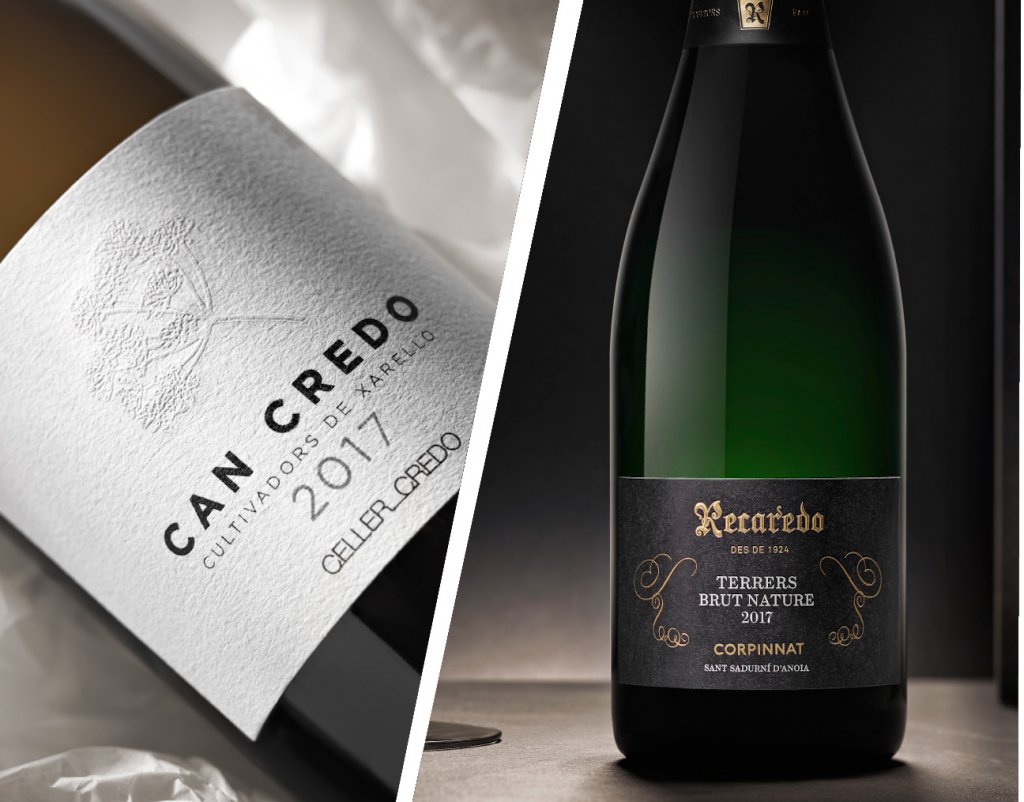R&D. Recaredo investigates new ways to predict the quality potential of wine
Since 2011, the Recaredo viticulture team has been working actively with a technique known as sensitive crystallisation with the aim of checking the vital quality of wines and predicting their ageing potential. This qualitative method also provides other highly useful information. For example, it can detect the effect of fermentation temperatures, the footprint of the soil on the wine, and any diseases that have impacted its development.
Oenologist Margarethe Chapelle is an expert on the subject and has been experimenting in this field for the last 20 years. This proven track record led Recaredo to entrust her with the first analyses of its wines. After visiting Chapelle at her laboratory in Puy-l’Évêque (Cahors, France), and given the value of the information obtained to Recaredo in its efforts to continue improving the quality of its wines, the winemaker decided to put the technique into practice at its facilities.
Conclusions: Luminous, balanced wines
The Recaredo wines analysed so far have been characterised as luminous and well-balanced, with great ageing potential and an extraordinarily high level of biodynamic markers. “Right now we’re using sensitive crystallisation is a verification tool at Recaredo, but we’re also making progress so that it will soon become a technique for looking ahead,” said Ton Mata, the head of Recaredo.
The interpretation of crystallisations is proving to be a promising tool that will enable Recaredo to confirm that its cultural practices are on track to achieve its goal: to make terroir wines that reflect the landscape they come from in a completely honest way, without any kind of interference.
Interpreting the data
Interpretation of sensitive crystallisations can provide a wealth of information, including the type of viticulture practised (biodynamic, organic or conventional), how ripe grapes were when the harvest began, whether or not there were interruptions in the fermentation process, meteorological conditions over the year, and whether the grapevines suffered from any disease. It’s also possible to determine the ageing potential of a wine and its natural behaviour in terms of oxidation. Qualitative information of this kind cannot be obtained through chemical analysis.
The Crystallisation process
The method involves performing a crystallisation using a solution of copper chloride and the wine to be analysed. Crystallisation takes place in a specially designed testing cabinet under controlled conditions of temperature and humidity. Over the course of around 14 hours, the water in the solution evaporates and precisely structured pure crystals that provide valuable information are obtained.










